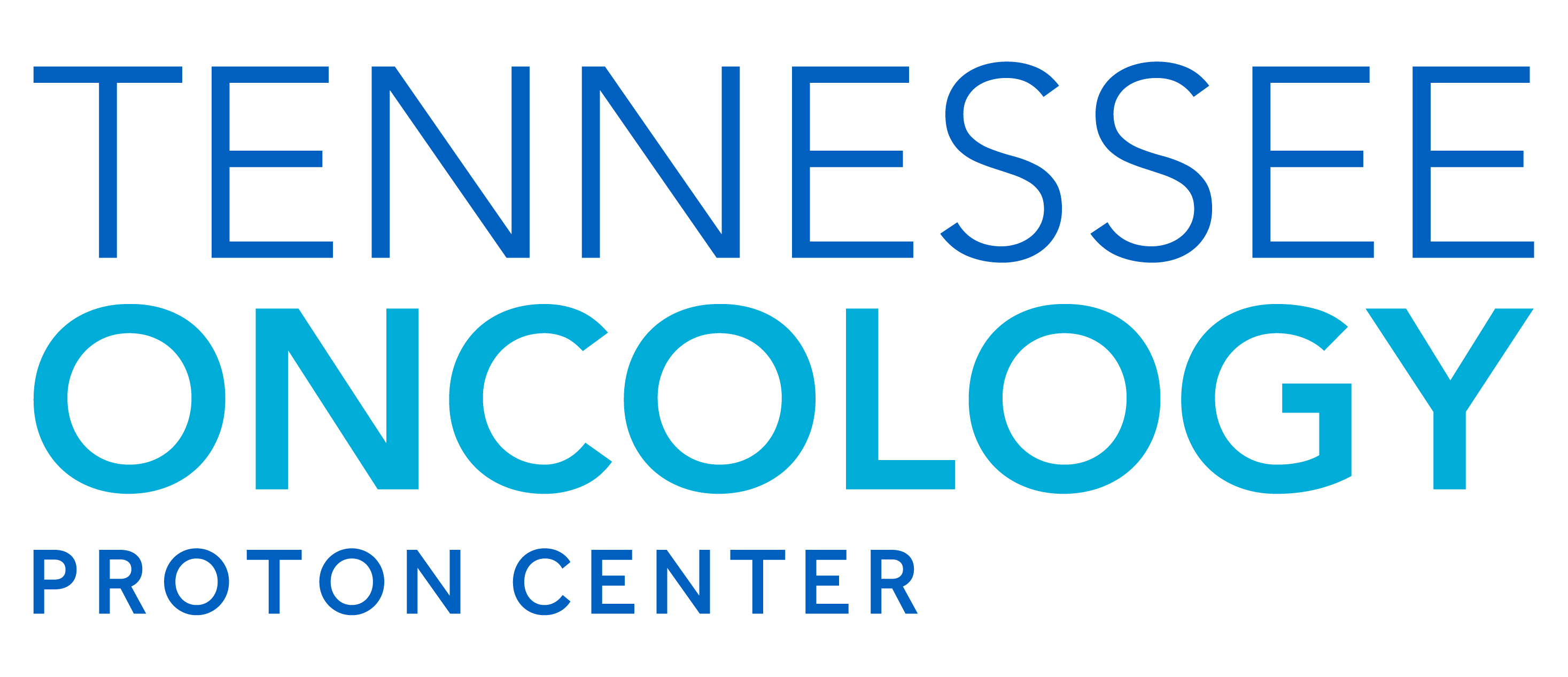Estimated Reading Time: 10 minutes
Table of Contents
1. Understanding Medicare’s Annual Updates: A Look at 2026
For millions of Americans, Medicare serves as a critical lifeline for healthcare coverage, especially for complex and costly treatments like advanced cancer therapies. Each year, the Centers for Medicare & Medicaid Services (CMS) undertakes a comprehensive process to determine how these services will be reimbursed in the upcoming calendar year. This involves releasing detailed “Proposed Rules” that outline potential changes to payment policies, rates, and regulations across various healthcare settings. These rules are far more than just administrative adjustments; they directly influence patient access to care, the financial sustainability of healthcare providers, and the continued innovation within medical fields.
These annual cycles, typically involving the Calendar Year (CY) Proposed Rules, initiate a period of intense review and analysis by healthcare providers, patient advocacy groups, and policy experts. These stakeholders provide feedback to CMS during a designated public comment period, shaping the final policies that will take effect. It’s a transparent, albeit complex, process designed to balance access, quality, and cost efficiency within the Medicare program.
Recently, CMS released its CY 2026 Proposed Rules, presenting significant updates that could impact advanced radiation therapies, including proton therapy. Specifically, the Medicare Hospital Outpatient Prospective Payment System (OPPS) and the Physician Fee Schedule (PFS), contain key proposals relevant to our field. For CY 2026, CMS proposes an overall increase of 2.4% in payment rates under the OPPS Payment Systems. This proposed increase factor is rooted in a projected hospital market basket percentage increase of 3.2 percent, which is then adjusted downward by a productivity factor of 0.8 percentage points. Additionally, CMS continues to apply a statutory 2.0 percentage point reduction in payments for hospitals that do not meet outpatient quality reporting requirements. For some hospitals, particularly those subject to the 340B drug pricing program remedy offset, payments for certain services will be further reduced by 2.0 percentage points under the proposed rule.
Concurrently, under the Physician Fee Schedule (PFS), CMS has proposed updated conversion factors (CFs) for CY 2026. For physicians who meet certain participation thresholds in Advanced Alternative Payment Models (APMs), the proposed CF is $33.5875, representing an increase of 3.8% from the final CY 2025 CF. For other clinicians, the proposed CF is $33.4209, marking a 3.3% increase from the prior year. These proposed rates, while seemingly technical, underpin the reimbursement for a wide array of services provided by physicians and other clinicians. These are all proposed changes that are currently open for public comment, and our team at Tennessee Oncology Proton Center, along with our national partners, is actively engaged in reviewing and preparing responses to ensure the continued strength of proton therapy access and reimbursement.
2. Positive Signs for Proton Therapy: Proposed Payment Increases
Within these extensive proposed rules, there are particularly encouraging signs for patients benefiting from proton therapy and for the centers that provide this highly specialized care. The OPPS Proposed Rule outlines specific attention to certain proton therapy codes, which is a welcome development. For services provided in a hospital outpatient setting, specific codes for proton treatment falling within Ambulatory Payment Classification (APC) 5625 (which includes CPT codes 77522, 77523, 77524, and 77525, representing various aspects of proton treatment planning and delivery) are specifically proposed to receive a payment increase for CY 2026. This proposed increase is a positive indication that CMS recognizes the value, complexity, and resource intensity of these advanced radiation services. For patients, this could contribute to greater stability in access to proton therapy facilities and continued investment in cutting-edge technology.
Beyond these specific proton codes, the proposed rules also provide updates for recently revised general radiation treatment delivery codes (CPT codes 77402, 77407, 77412). These codes represent the daily delivery of external beam radiation therapy and are fundamental to all forms of external beam treatment, including proton therapy. Under the OPPS rule, CMS has outlined the proposed payment rates for these codes. Furthermore, under the Physician Fee Schedule rule, these same revised codes have been accepted and assigned specific Relative Value Units (RVUs) and corresponding payment rates. The assignment of RVUs is a critical step, as RVUs are a fundamental component of how physician services are valued and reimbursed under Medicare. They are designed to reflect the resources – including physician work, practice expense, and malpractice expense – involved in providing a service. These updates collectively contribute to greater clarity and predictability in the reimbursement landscape for core radiation therapy services, which ultimately supports the provision of high-quality, advanced cancer care.
3. Ensuring Fair Valuation: The Discussion Around Proton Beam RVUs
One of the most significant and forward-looking aspects of the proposed Physician Fee Schedule Rule is CMS’s explicit request for public comments on how to establish national pricing and total RVUs specifically for proton beam treatment delivery services. This signals a proactive approach by CMS to address long-standing complexities in proton therapy reimbursement. Currently, unlike many other well-established services, proton therapy under the PFS has often been “contractor-priced.” This means that Medicare Administrative Contractors (MACs), who process Medicare claims regionally, largely determine the payment rates, leading to potential variations in reimbursement across different geographic areas. This inconsistency can create challenges for both patients seeking consistent access to care and providers attempting to plan for long-term investments in proton therapy technology and facilities.
CMS is actively seeking input from the broader healthcare community on the best methodology to establish consistent national pricing for these vital services. They pose several important questions for consideration, such as whether using the overall ratio between OPPS (hospital outpatient) and PFS (physician) payments for general radiation oncology treatment services would accurately reflect the resources involved in furnishing proton therapy. Alternatively, they ask if it would be more appropriate to consider the overall difference between the OPPS rates and existing MAC-determined Medicare payments for these services, or if other alternative methods should be considered. This comprehensive request for comment represents a crucial opportunity for the proton therapy community and patient advocates to engage directly with CMS. Our goal is to advocate for a fair and consistent valuation that truly reflects the advanced nature, technological sophistication, and inherent resource intensity of proton beam therapy. Ensuring accurate RVUs is essential for maintaining relativity within the PFS—meaning that the value assigned to proton therapy services is appropriately aligned with other medical services based on the resources required—and for supporting the long-term viability and growth of proton centers nationwide.
4. Addressing Operational Costs and Payment Nuances
The proposed rules also delve into the granular details of practice expense, which directly and significantly impacts the operational costs of advanced treatment centers like ours. Specifically, CMS addresses the classification and valuation of costs associated with radiation treatment vaults. These massive, specially constructed treatment rooms are integral to proton therapy facilities, housing the powerful equipment necessary for treatment delivery.
CMS proposes to maintain the current price for these vaults at $773,104. They clarify their longstanding stance that the substantial construction costs for new office facilities, including the specialized construction of radiation treatment vaults, fall outside their direct practice expense methodology. Instead, CMS asserts that these costs are more accurately classified as a form of building maintenance or office rent under indirect practice expense, as they are not individually allocable to a particular patient for a particular service. This classification, while technical, has broader implications for how the overall costs of establishing and maintaining a highly specialized proton therapy center are factored into the overall reimbursement framework. Our experts are closely analyzing how this classification impacts the ability of centers to invest in and maintain state-of-the-art technology.
Furthermore, the proposed rules highlight significant payment differentials based on the site of service, specifically whether services are rendered in a non-facility setting (like an independent physician office) or a facility setting (like a hospital outpatient department). They also differentiate payments based on whether a physician meets certain participation thresholds in Advanced Alternative Payment Models (APMs), which are innovative payment approaches designed to incentivize high-quality, cost-efficient care. For APM-qualifying providers, non-facility payments for relevant proton codes are proposed to increase between 6.8% and 10.4% from CY 2025 rates, while facility payments are proposed to decrease between 8.0% and 10.4%. Similar, though slightly different, patterns are seen for non-qualifying providers, with non-facility payments proposed to increase between 6.3% and 9.8%, and facility payments proposed to decrease between 8.5% and 10.8%. This significant differential between facility and non-facility payments is primarily attributed to proposed changes in the allocation of indirect practice expense within the facility setting. These proposed shifts underscore the evolving financial landscape for providers and the critical importance of accurate cost representation and allocation in federal payment methodologies.
The proposed rules also mention other technical adjustments, such as a proposal for an “efficiency adjustment,” which would apply to the work RVU and the corresponding intra-service portion of physician time for non-time-based services. This represents a departure from current rate-setting methodology and is another area where the healthcare community will provide extensive feedback. Additionally, CMS is proposing the deletion of certain G codes, which are temporary codes used to identify professional healthcare procedures and supplies that don’t have CPT codes, simplifying the coding landscape.
5. Our Commitment to Advocacy and Your Access to Care
Navigating these complex regulatory proposals requires deep expertise, meticulous analysis, and proactive engagement. At Tennessee Oncology Proton Center, we want to assure our patients, their families, and the broader community that we are diligently engaged in this multifaceted process. Our dedicated team of clinicians, administrators, and policy experts, working alongside national partners and leading consultants, are thoroughly analyzing every aspect of these proposed rules. Organizations representing proton therapy and cancer care providers are also at the forefront of these efforts, committed to representing their members and tirelessly advocating for fair and appropriate reimbursement for advanced therapies.
The public comment period for these proposed rules is a critical window for the healthcare community to provide comprehensive feedback to CMS. For the OPPS Proposed Rule, comments are due by September 13, 2025, and for the PFS Proposed Rule, comments are due by September 12, 2025. We are actively collaborating with industry experts and advocacy groups to prepare comprehensive and impactful comments to CMS. Our collective advocacy aims to influence the final policy decisions, ensuring that Medicare’s reimbursement policies continue to support stable, fair compensation for advanced treatments like proton therapy. This commitment directly translates into our ability to continue offering the precise, high-quality cancer care that our patients deserve, right here in Nashville, Tennessee. We believe that sustained, fair reimbursement is essential to maintaining and expanding access to life-saving proton therapy for all eligible Medicare beneficiaries.





